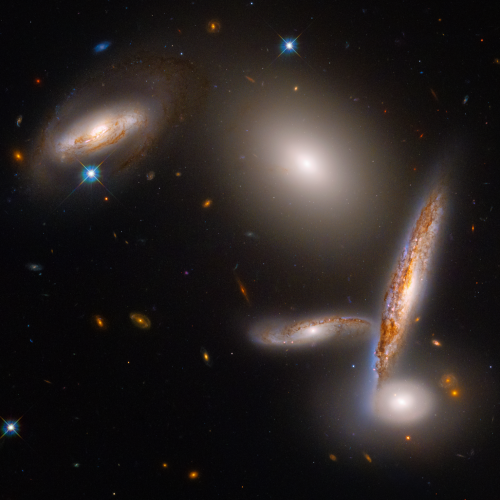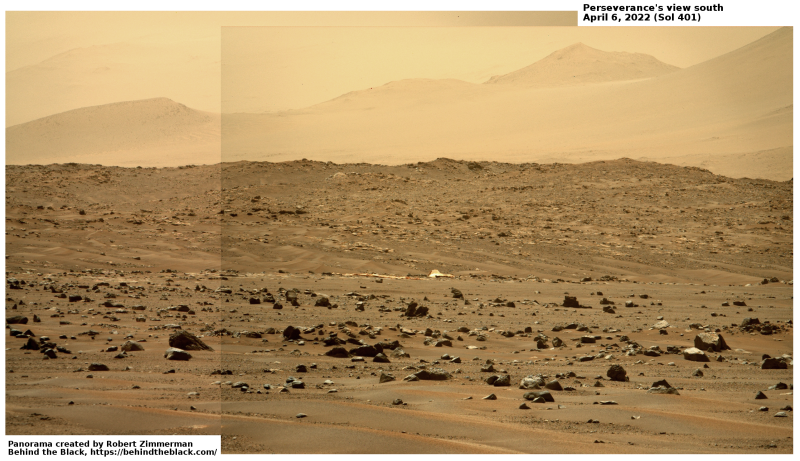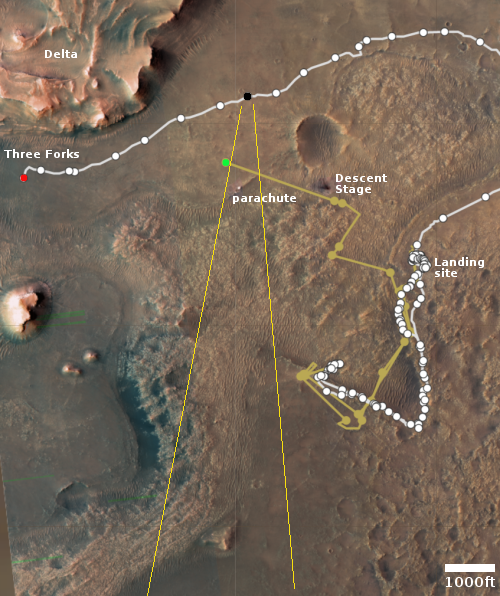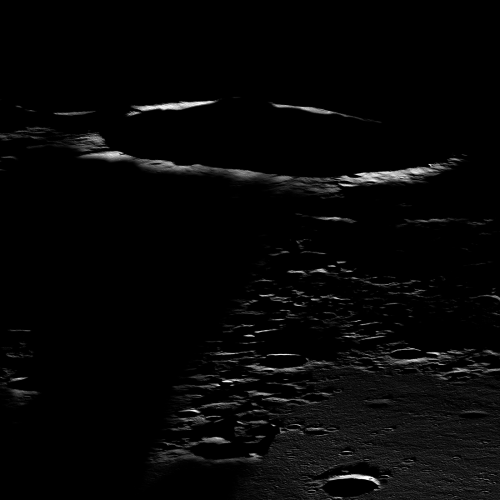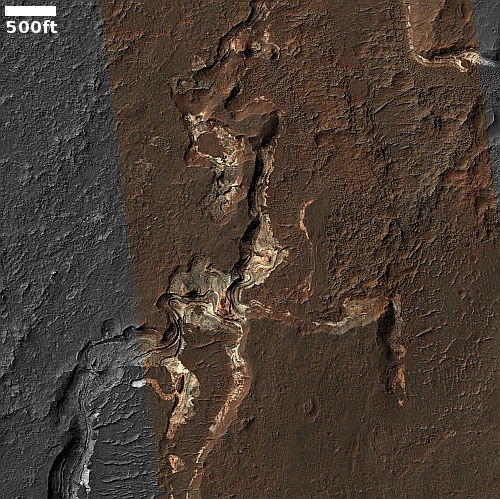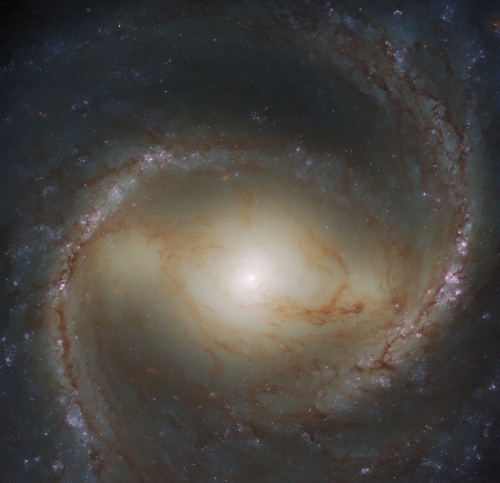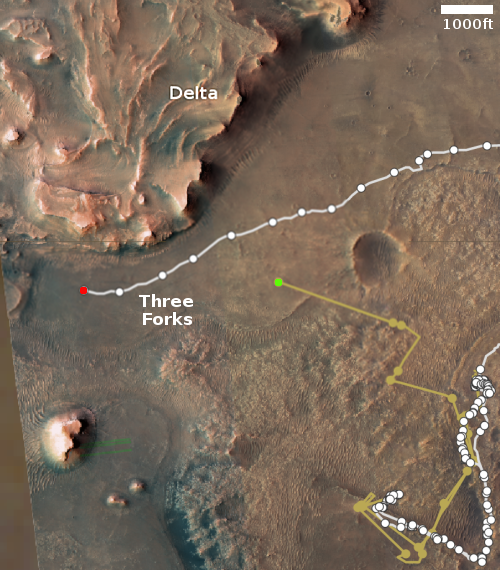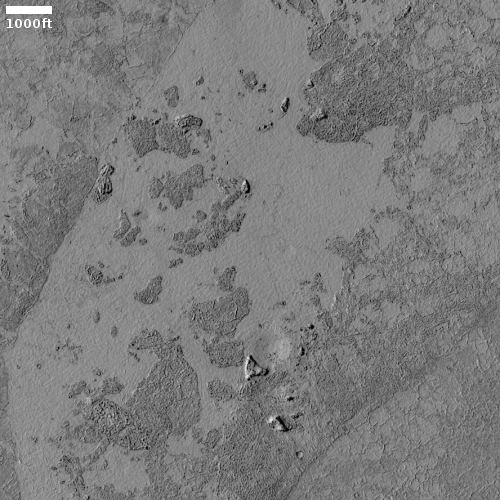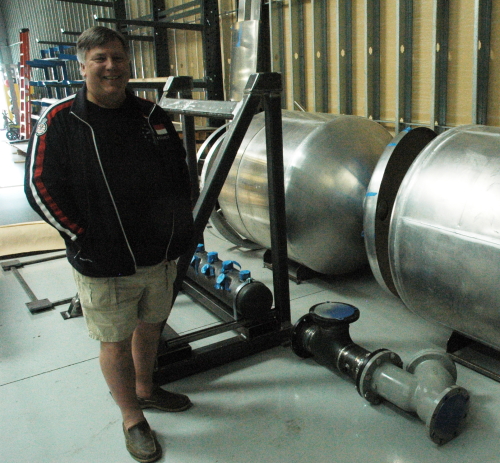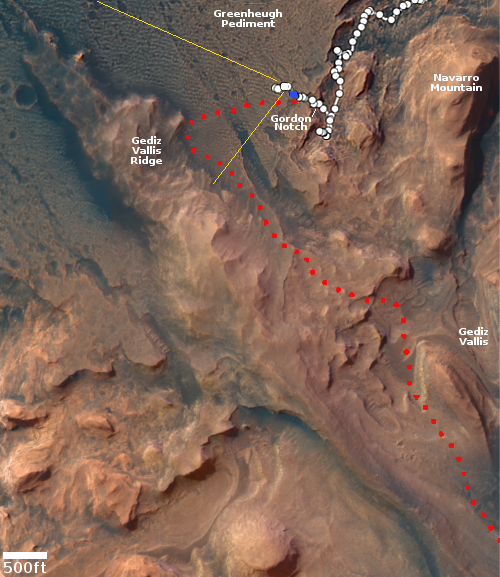Hubble looks at a tight cluster of five galaxies
Cool image time! The photo to the right, cropped and reduced to post here, was taken by the Hubble Space Telescope to celebrate the telescope’s 32nd year in orbit. This cluster of five galaxies is dubbed Hickson Compact Group 40.
This menagerie includes three spiral-shaped galaxies, an elliptical galaxy, and a lenticular (lens-like) galaxy. Somehow, these different galaxies crossed paths in their evolution to create an exceptionally crowded and eclectic galaxy sampler.
Caught in a leisurely gravitational dance, the whole group is so crowded that it could fit within a region of space that is less than twice the diameter of our Milky Way’s stellar disk.
Though such cozy galaxy groupings can be found in the heart of huge galaxy clusters, these galaxies are notably isolated in their own small patch of the universe, in the direction of the constellation Hydra.
The red streaks in three galaxies is thought to be dust, suggesting that stars are still forming in these galaxies. The vertical galaxy on the right is seen edge on. Note too the tilted ring that appears to surround the galaxy on the left.
As for Hubble’s anniversary, the press release notes that since launch in 1990 the space telescope has made 1.5 million observations covering 50,000 heavenly objects, an archive of data available to anyone to access.
Cool image time! The photo to the right, cropped and reduced to post here, was taken by the Hubble Space Telescope to celebrate the telescope’s 32nd year in orbit. This cluster of five galaxies is dubbed Hickson Compact Group 40.
This menagerie includes three spiral-shaped galaxies, an elliptical galaxy, and a lenticular (lens-like) galaxy. Somehow, these different galaxies crossed paths in their evolution to create an exceptionally crowded and eclectic galaxy sampler.
Caught in a leisurely gravitational dance, the whole group is so crowded that it could fit within a region of space that is less than twice the diameter of our Milky Way’s stellar disk.
Though such cozy galaxy groupings can be found in the heart of huge galaxy clusters, these galaxies are notably isolated in their own small patch of the universe, in the direction of the constellation Hydra.
The red streaks in three galaxies is thought to be dust, suggesting that stars are still forming in these galaxies. The vertical galaxy on the right is seen edge on. Note too the tilted ring that appears to surround the galaxy on the left.
As for Hubble’s anniversary, the press release notes that since launch in 1990 the space telescope has made 1.5 million observations covering 50,000 heavenly objects, an archive of data available to anyone to access.

